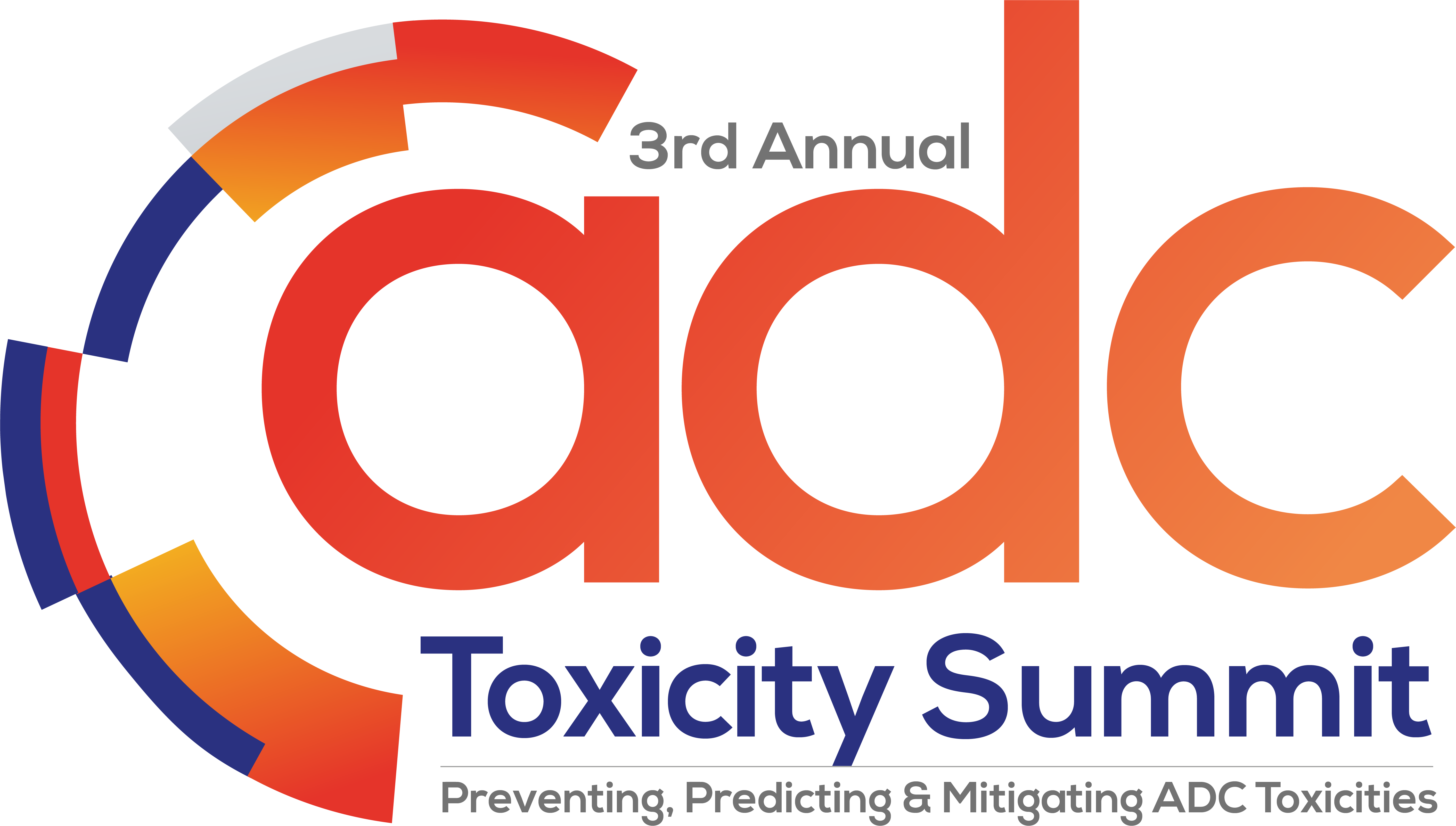7:30 am Morning Check In & Coffee
8:25 am Chairs Opening Remarks
Reviewing Current & Novel In Vitro & Pre-Clinical Models to Better Predict ADC Toxicity in the Clinic
8:30 am Overcoming the Limitations of In Vitro Models to Predict ADC Toxicity
Synopsis
- Exploring why in vitro efficacy and in vivo toxicity results often fail to correlate by discussing the disconnect between cytotoxicity assays and whole-organ toxicity and identifying better biomarkers for in vitro screening
- Discussing whether 2D monocultures are sufficient for predicting ADC-induced off-target toxicity, bystander effects, and immune-related toxicities
- Understanding the role computational modelling and AI play in improving in vitro predictions – how can mathematical models integrate in vitro data to predict clinical toxicity outcomes?
9:00 am Targeted Delivery of BCL-XL Selective Inhibitor Alleviates On-Target Toxicity of Systemically Dosed Inhibitors in Preclinical Models
Synopsis
- Understanding how a pre-clinical mechanism-based cardiotoxicity of BCL-XL small molecule inhibitors led to the utilization of an antibody-targeted approach that has potential to differentiate from known platforms
- Reviewing the ADC approach manifested a novel BCL-XL toxicity in kidney
- Considering payload property modification contributed to establishing a TI suitable for clinical dosing
9:30 am Exploring How Advanced Human-Derived Pre-Clinical Systems Can Be Optimized for ADCs to Predict & Mitigate Toxicities
Synopsis
- Examining the benefits of patient-derived xenograft (PDX) models in replicating tumor microenvironment-driven toxicity, specifically when developing neuronal cultures in vitro to evaluate the cytotoxicity index with the efficacy and on neurons
- Discussing the neuronal toxicities mediated by the bystander capable payload to manage the heterogeneity of Glioblastoma
- Evaluating the limitations of scalability, reproducibility, and long-term viability of patientderived cell cultures for ADC toxicity testing
10:00 am Rethinking Peripheral Neuropathy Models: A Human Approach to Preclinical Testing
Synopsis
- Preclinical drug development often fails due to poor translation from animal models to human physiology
- Peripheral neuropathy is difficult to assess using 2D cell cultures or animal models, as they fail to replicate 3D nerve structure and functional electrophysiology
- To address this, 28bio developed PNS-3D technology, a human, complex in vitro organoid model designed for preclinical testing of disease-, medication-, and toxin-induced neuropathies
Leveraging Your ADC Design to Minimize Toxicity Whilst Maintaining Efficacy
11:00 am Evaluating Emerging ADC Designs to Understand Their Impact on Safety Profiles – Where Are We Headed?
Synopsis
- Reviewing new ADC designs and how they may lead to improved safety profiles such as reduced neutropenia and GI toxicities
- Discussing the challenges of preclinical to clinical translation of safety profiles – how can we design ADCs to be safer based on preclinical evaluation?
- Exploring how ADC design innovations will support future differentiation and improve clinical benefit in the future
11:30 am Leveraging ADME Characterization of Linker Payloads for ADCs to Minimize Toxicity
Synopsis
- Exploring the extent of what early ADME characterization of free payloads is relevant from a safety perspective
- Discussing what the key ADME properties contributing to developing a safe ADC payload are
- Diving into what the translatable assay platforms are to measure bystander effect
12:00 pm Lunch Break
1:30 pm Roundtable discussion: Navigating Evolving Regulatory Expectations for ADC Toxicity Models – Bridging In Vivo/Vitro Approaches
Synopsis
Join this roundtable discussion to gain a better understanding of what is currently approved by regulatory agencies, how they are adopting to new safety models, and how we can navigate regulatory challenges with ADC toxicity models.
- What models are currently approved by regulatory agencies (FDA, EMA, etc.) for ADC safety assessments?
- Are there species-specific limitations when evaluating ocular, pulmonary, or systemic toxicities – and how can we improve predictability of these toxicities while meeting regulatory requirements?
- How are FDA and EMA responding to the adoption of humanized in vitro models for ADC safety testing?
- What validation criteria are required for in vitro models to be considered acceptable alternatives to traditional in vivo models?
Investigating Protein-Drug Conjugates to Compare the Benefits & Challenges With Both & Predict Better Toxicity Mitigating Strategies
2:30 pm Exploring Peptide-Drug Conjugates & Comparing Their Toxicity Profiles With Antibody-Drug Conjugates to Improve Reverse Translation
Synopsis
- Examining case studies where peptide-drug conjugates have translated toxicity data successfully into the clinic – learn from the successes
- Assessing where we can look to optimize the translation of toxicity data with ADCs by comparing ADCs with PDCs – using a reverse translational approach to minimize toxicities in preclinical studies
- Differentiating the biology of PDCs with ADCs and understanding how models can recapitulate the difference in clinical exposure
